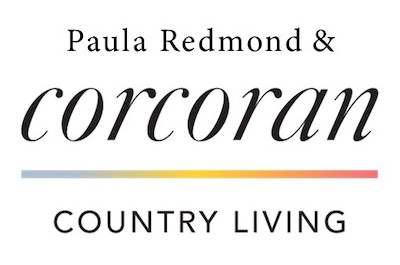Conserving the viewshed from Innisfree Garden.
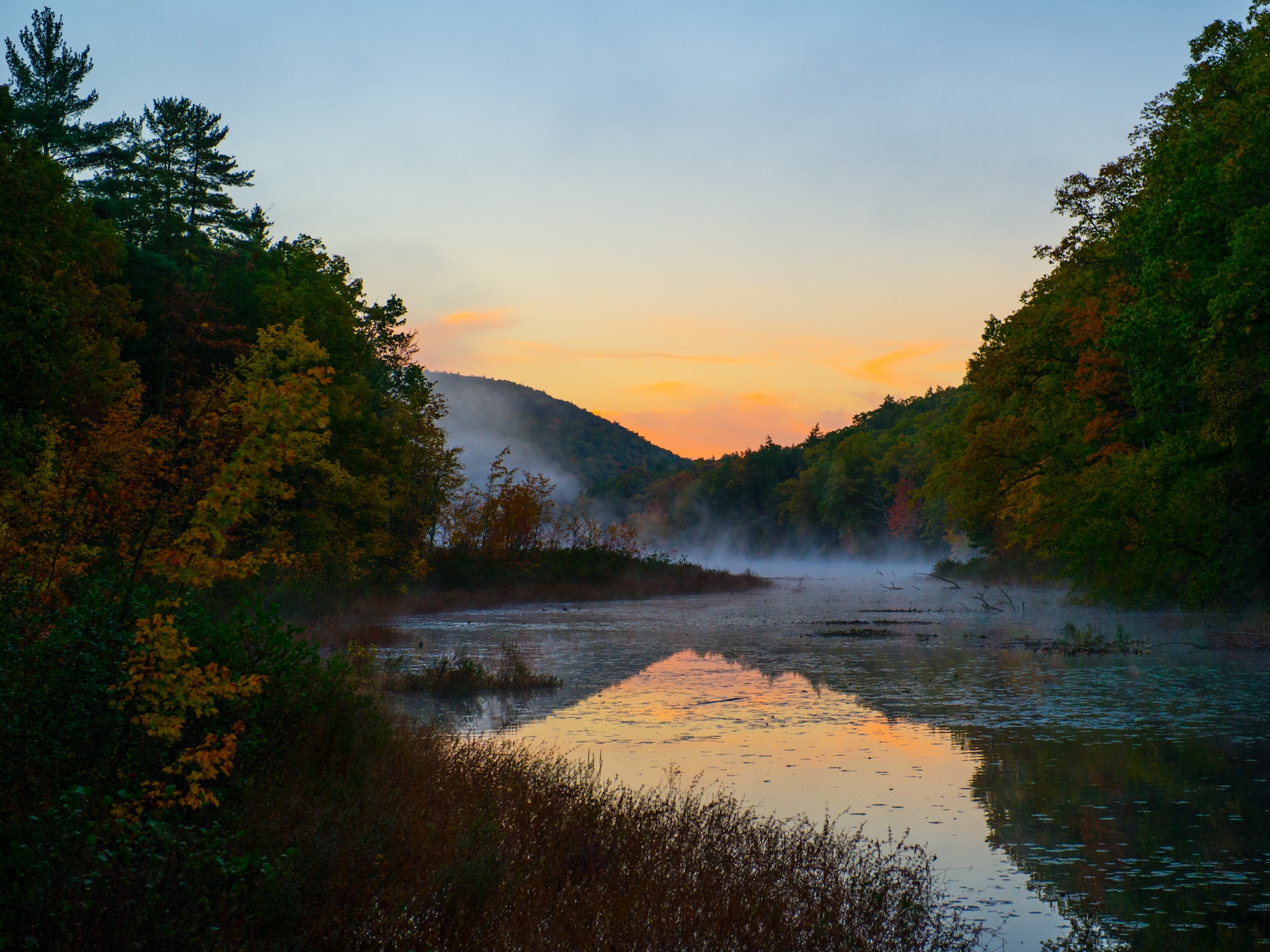
J. Carter Brown, the patrician and populist museum director of the National Gallery of Art, once said: “No one will understand a Japanese garden until you’ve walked through one, and you hear the crunch underfoot, and you smell it, and you experience it over time.” The rolling agrarian hills of Dutchess County of the early 20th century might seem a disparate location for one of the most famous Japanese bowl gardens, and yet, nestled back off Tyrell Road lies Innisfree Garden. Blending Japanese, Chinese, Modern, and ecological design principles, Innisfree wraps around Tyrrel Lake with a distinctive sloping, rocky landscape, forming a sort of bowl which envelopes the visitor with a sense of intimacy and privacy. Owners Walter and Marion Beck began developing Innisfree in the 1920s based on Chinese and Japanese design principles and the result was a distinctly American stroll garden organized around placemaking techniques or “cup gardens,” as Walter Beck described them. In 1938, the Becks began a 55-year creative collaboration with landscape architect Lester Collins, and under his leadership, Innisfree became a public garden in 1960. Constantly revising and expanding the garden until his death in 1993, Collins created one of the most celebrated gardens in the country. Enjoyed by both local garden enthusiasts as well as international garden aficionados, Innisfree welcomes thousands of visitors each year who stroll the garden, taking in the majestic views of Dutchess County along with the scenic moments of this unique garden.
So, when the Kovners decided to preserve their 257-acre Millprop II property with the DLC, and to donate it to Innisfree Garden, they protected not just the stunning view from the northern shore of Tyrell Lake, but also expansive woodlands that add to miles of contiguous forest and create a more resilient landscape that will ensure a thriving habitat for wildlife and native species. “The Kovners dedication to land conservation is not just an act of thoughtful stewardship,” notes Becky Thornton, President of the DLC. “It is a powerful statement about the legacy they wish to leave for future generations. By choosing to protect their land and entrust it to Innisfree Garden, the Kovners are fostering a healthy environment, ensuring that the extensive natural resources that this land provides are preserved and cared for in perpetuity. Innisfree will serve as wonderful caretakers of this land so carefully stewarded by the Kovners.”
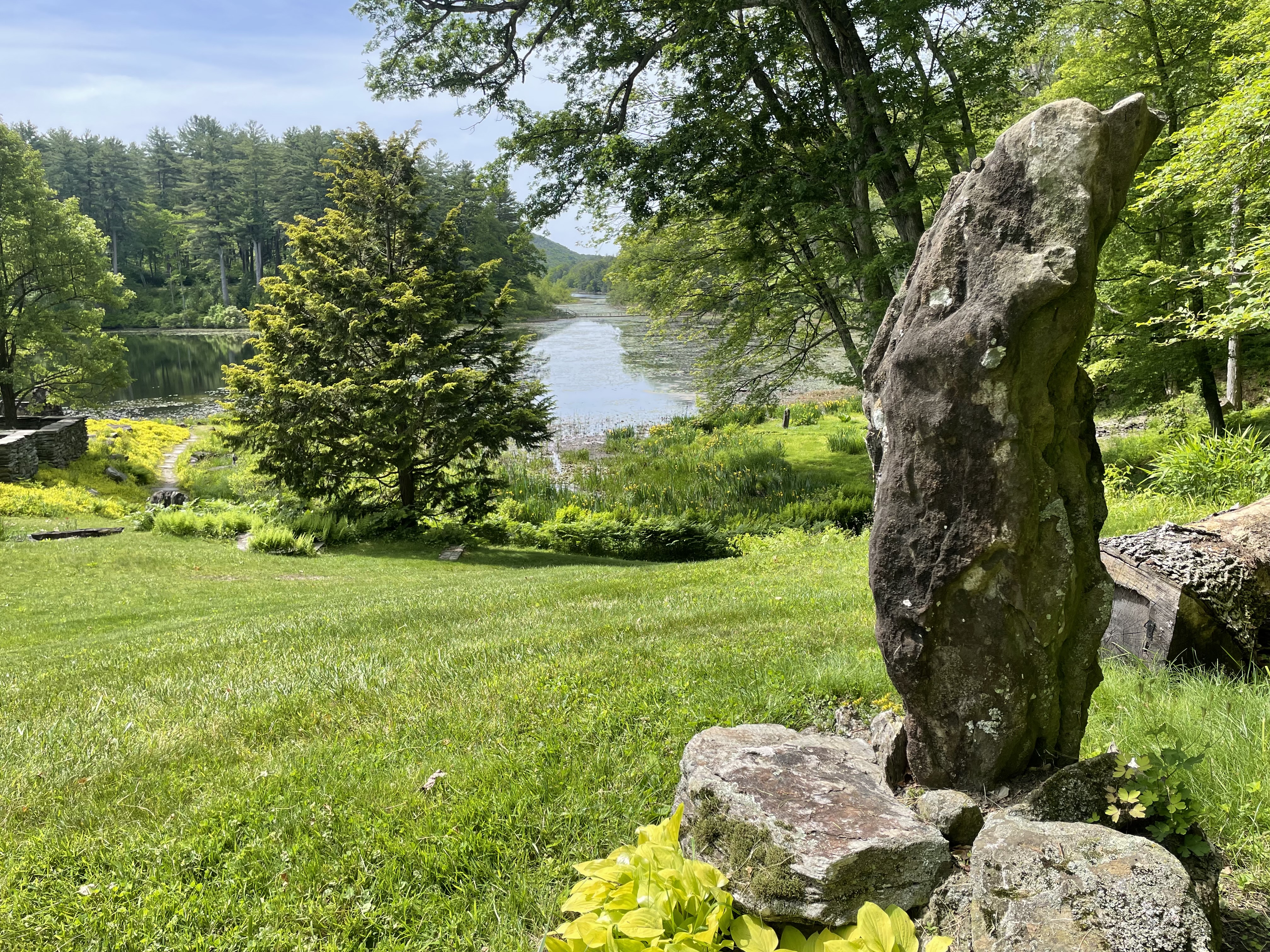 Located in a large contiguously forested area in the Towns of Pleasant Valley and Washington, the preservation of the Millprop II property ensures the protection of Tyrell Lake, vernal pools, wetlands, and nearly a half mile of the Sprout Creek. This in turn will serve to protect the area’s clean water, providing crucial freshwater for countless plant and animal species. In addition, the conserved property is located within a 5,000-acre area that includes land protected by the DLC, as well as land owned by Innisfree Garden, Rockefeller University, and New York State’s Taconic Hereford Multiple Use Area. “We are profoundly grateful to the Kovners for their extraordinary gift of the MillProp II property to Innisfree Garden and for their decision to permanently protect it with a conservation easement held by the Dutchess Land Conservancy,” Sarah Buttrick, President of Innisfree Garden begins. “Their vision and generosity have created a wonderful partnership between Innisfree and the DLC—one that safeguards an ecologically vital landscape and protects the natural context that surrounds and supports Innisfree. We are honored to be part of this collaborative effort to preserve the integrity of this special place for future generations.”
Located in a large contiguously forested area in the Towns of Pleasant Valley and Washington, the preservation of the Millprop II property ensures the protection of Tyrell Lake, vernal pools, wetlands, and nearly a half mile of the Sprout Creek. This in turn will serve to protect the area’s clean water, providing crucial freshwater for countless plant and animal species. In addition, the conserved property is located within a 5,000-acre area that includes land protected by the DLC, as well as land owned by Innisfree Garden, Rockefeller University, and New York State’s Taconic Hereford Multiple Use Area. “We are profoundly grateful to the Kovners for their extraordinary gift of the MillProp II property to Innisfree Garden and for their decision to permanently protect it with a conservation easement held by the Dutchess Land Conservancy,” Sarah Buttrick, President of Innisfree Garden begins. “Their vision and generosity have created a wonderful partnership between Innisfree and the DLC—one that safeguards an ecologically vital landscape and protects the natural context that surrounds and supports Innisfree. We are honored to be part of this collaborative effort to preserve the integrity of this special place for future generations.”
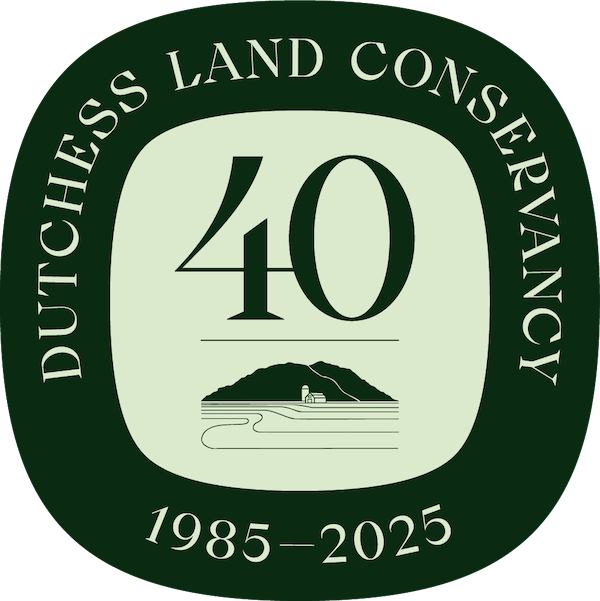

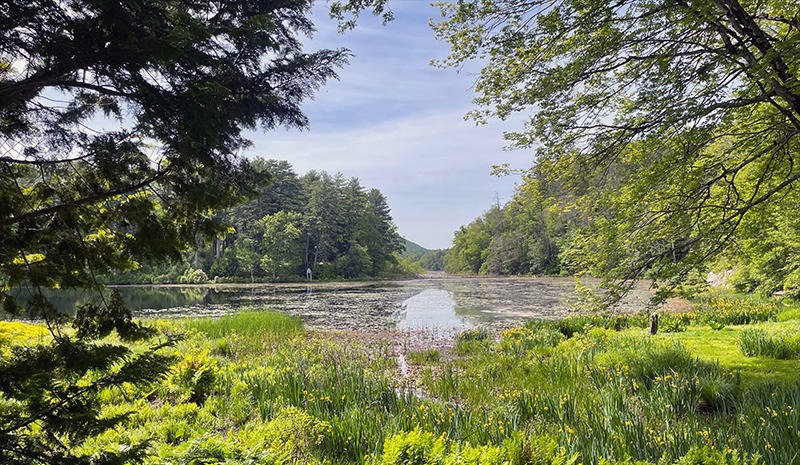
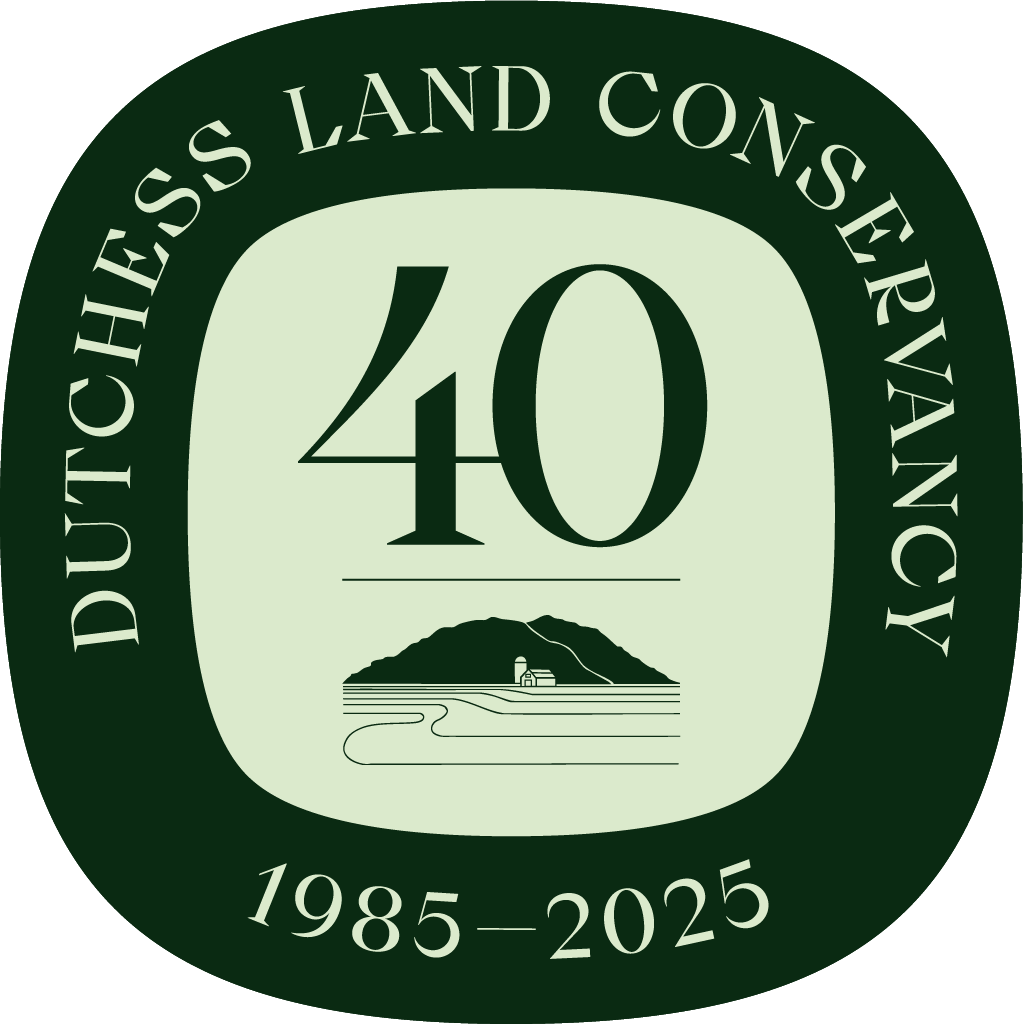 © Dutchess Land Conservancy. All Rights Reserved.
© Dutchess Land Conservancy. All Rights Reserved.








